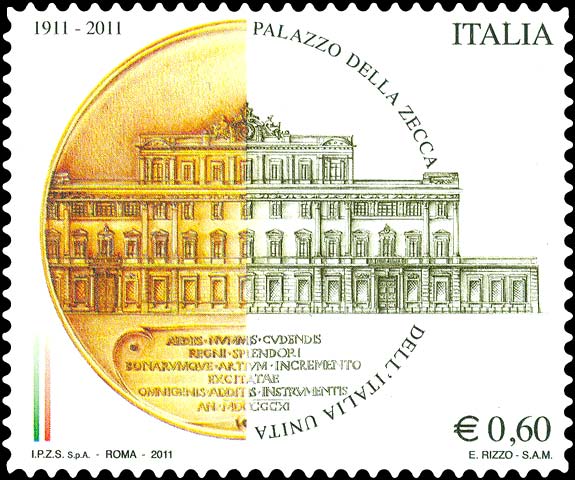
The birth of the actual stamp is linked to the Britain's Post Office reform desired by Rowland Hill in 1837. The intuition of Sir Rowland Hill was one of the prepaid postal service, in which the collection of postage is not the case upon receipt but on consignment at the sender's expense.
Hill also understood that the introduction of low and uniform tariffs, based on the weight rather than the distance, would have favored the increase in postal traffic amply rewarding the lower earnings from that reduction. Then in 1837 he published at his own expense the "Post Office Reform libretto: its Importance and practicability", which became known to the English Parliament his reformist thinking.
The project, however, clashed with the preconceived hostility of the Post Office, which did not accept the intrusion of a stranger who was considered Rowland Hill. However, thanks to the pressures of the merchant and credit class, the British Parliament approved the reform and necessitated the creation of postage stamps.
Sir Rowland Hill suggested as the latter were to be of a size sufficient to accommodate pieces of paper with a print and on the back of a glutinous solution suitable gluing of the same, as proof of payment for postage
In September of 1839 it was launched a public competition, which invited people to propose ideas on the form that the baby stamp would have to hire. They came to committee proposed in 2700 that were tearing a £ 600 prize. All the sketches were exhibited in a room of Buckingham Palace and brought to the attention of the British postal managers.
None, however, had the favor of the reformer: Hill decided then that he would personally look after the conception of the stamp with his staff. As the subject was chosen the profile of Queen Victoria taken from a medal struck a few years earlier, while order to prevent counterfeiting head was printed on a chiseled fund made up lozenges very dense. The January 10, 1840 was introduced the uniform tariff, and May 6, 1840 came into force on the first stamp of the world, which then passed into history as the Penny Black. At that time the stamp was printed in rows of 12 copies, each of which was worth a shilling. As a result of each line matched the value of 12 pence and 20 rows per sheet, the value of the same was equivalent to one pound (240 pence). Eight years later, in 1848, the engineer Henry Archer invented the mechanical perforation of the stamp, thereby completing the genesis of serrated stamp as it is known today.
